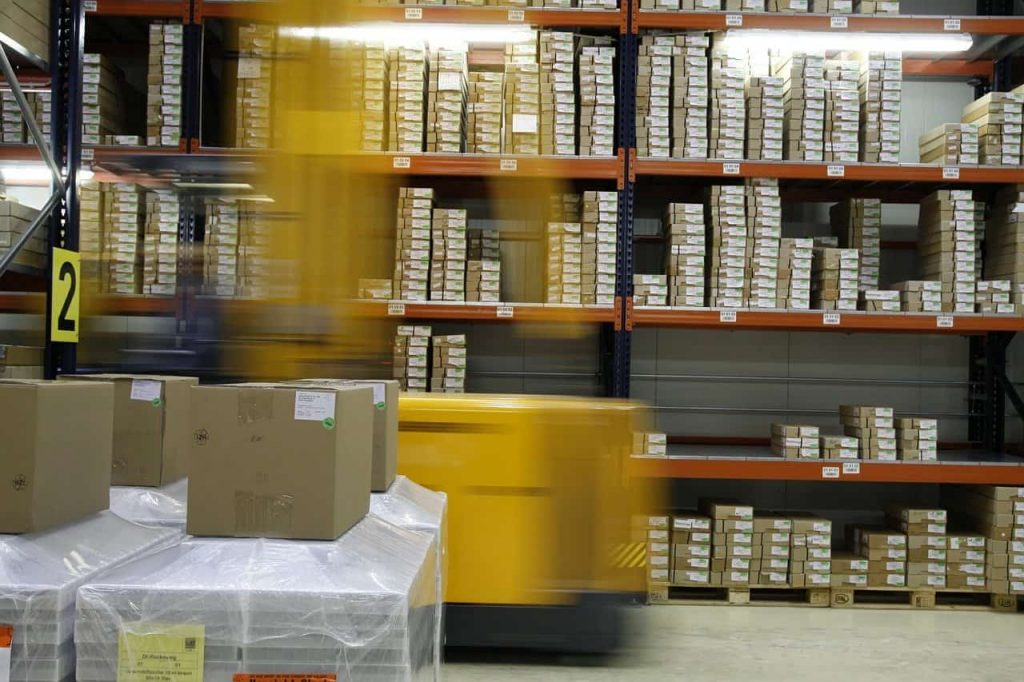 Recent technological advancements have changed the face of every industry dramatically, even over the past several years. With convenience and customer experience at the forefront of retail logistics trends, warehouses and distribution centers have had to adapt to the evolving consumer landscape.
Recent technological advancements have changed the face of every industry dramatically, even over the past several years. With convenience and customer experience at the forefront of retail logistics trends, warehouses and distribution centers have had to adapt to the evolving consumer landscape.
The rise of eCommerce has played a huge role in shaping the way warehouses operate, as have consumer expectations for speed of delivery, customization, product availability and much more. With the growing complexities of customer demands and the globalization of many retailers due to eCommerce, warehousing trends have shifted to keep up.
Gone are the days when warehouses stored a few specific products that would only be shipped within a 50-mile radius. Now, warehouses need to handle far more complex and diverse operations in order to meet the needs of their customers — which is only possible by embracing logistics trends and preparing ahead of time for the future of warehousing.
At Caldera Storage Solutions, formerly Summit Storage Solutions, we think retailers should pay attention to these warehousing trends to keep their operations at their most profitable:
Gone are the days when warehouses stored a few specific products that would only be shipped within a 50-mile radius. Now, warehouses need to handle far more complex and diverse operations in order to meet the needs of their customers — which is only possible by embracing logistics trends and preparing ahead of time for the future of warehousing.
At Caldera Storage Solutions, we think retailers should pay attention to these warehousing trends to keep their operations at their most profitable:
The more products, warehouses, distribution centers and employees you have to manage, the greater your need for a powerful warehouse management system (WMS). We recommend opting for a cloud-based WMS with all of the features you need to track your inventory and receive real-time analytics on all of your facilities.
Cloud-based WMS systems help you and your team stay organized by providing a centralized, secure space to store and access warehouse data. These functions are critical for successful warehouse operations, particularly if you manage multiple warehouses across the country or the globe.
In the age of instant, customized gratification, consumers are expecting more when it comes to retail. Whether it’s B2C or B2B sales, customers are incredibly value-focused when it comes to product delivery. Experts believe that in order to meet customer expectations, warehousing trends will include an increase in dropshipping, faster time-to-delivery standards and an even sharper increase in value-added services (e.g., free shipping on certain products).
In order to meet the demands of fast-paced, eCommerce-driven retail operations, warehouses will continue to automate their processes wherever possible. For example, warehouses can implement robotic technology in warehouse operations and automate supply chain communication and the generation of financial and inventory reports, along with many other options.
Many customer service functions, such as virtual assistance and automated call center services, are increasing retail efficiency as well.
If they want to keep up with the growing warehouse logistics trends, companies need to ensure that their warehouses function optimally from within. Optimizing warehouse storage space is key to both maximizing warehouse capacity and increasing storage and operations efficiency. Warehouses can implement vertical storage carousels, custom racks, flat storage systems and more to create a safe, efficient warehouse environment.